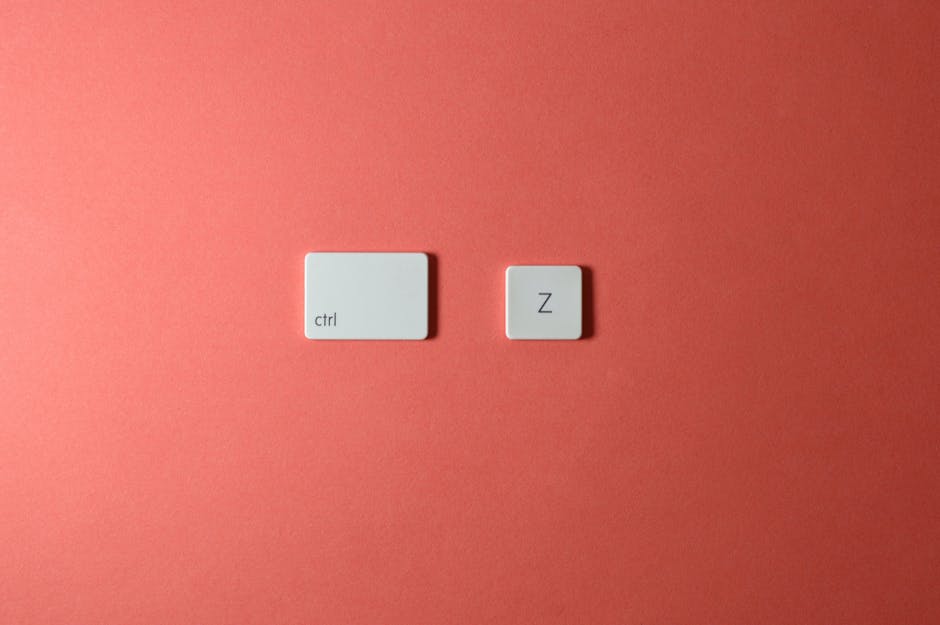What Is Cyroket2585 and Why It Matters
Before we get into the launch timeline, here’s the nuts and bolts. Cyroket2585 is pegged as the next leap in modularperformance software tools. It’s lightweight, faster, and reportedly more secure than its older siblings. The development team has focused on userside efficiency—things like cleaner APIs, stronger compatibility layers, and smarter resource usage.
If you’re in engineering, systems management, or product development, you’ll want to know how this applies to your toolchain. Cyroket2585 isn’t just an upgrade, it could replace entire workflows for some users.
Cyroket2585 Release Date (What We Know)
Now to the big question: cyroket2585 release date. So far, confirmed word is that public release is slated for Q4 of 2024, with insiders suggesting a late October to early November launch window. That’s based on internal roadmap leaks and some soft confirmations from verified community channels.
If you’ve been tracking beta rollouts, you’ll know that internal testing ramped up in early June. Since then, the team’s deployed at least two major beta updates focused on stability and compatibility with legacy systems. This kind of cadence typically signals that release candidates are coming soon—and when those drop, final launch usually follows within 68 weeks.
Expect official confirmation from the development team by the end of September at the latest, but again—tentative cyroket2585 release date sits squarely in Q4.
Key Features That Set It Apart
Enough about dates. Let’s talk specs. Cyroket2585 isn’t trying to reinvent the wheel, but it’s doing the heavy lifting where it counts:
Reduced Latency: Faster inputoutput handling could trim task runtimes by up to 22%, early benchmarks suggest. Modular Plugins: You can install what you need and skip what you don’t. Clean implementation of optional toolsets. Backcompat Support: Full backward support through 250x series, which means no painful migration process. Stronger Encryption: Uses a reinforced quantumsafe protocol, finally catching up with 2023 security trends.
More than just surface features, it’s about reducing the friction between devicelevel code and backend integrations. Which means smoother deployments and fewer headaches.
Who Should Care About This?
Cyroket2585 is aimed squarely at mid to highlevel users. Think DevOps engineers, IT specialists, and maybe even fastscaling startups that want clean, highperforming frameworks without spending weeks on onboarding.
If you were burned by earlier versions, this is where you might want to jump back in. The UI has been decluttered, resource hogging issues seem ironed out, and the configuration wrangling that plagued 2583? Gone.
For casual or hobbyist users, it may feel overbuilt, but the modular approach makes it easier than ever to scale down what you don’t need.
Compatibility Checklist
Wondering whether your current setup can handle the upgrade when the cyroket2585 release date finally drops? Here’s what we know so far:
Operating Systems: Supports Linux distros (Ubuntu 20.04+, Archbased, Debian 11+), macOS 12+, Windows 10+. Hardware Requirements: Minimum 8 GB RAM, 4core CPU. Solid performance noted on ARMbased chips too. Supported Frameworks: Python 3.10+, Node 18+, and compatibility layers for older versions via plugins.
Backward compatibility will save a lot of teams from painful overhauls. If you’re midproject, the migration path looks relatively smooth—think hours, not days.
Early Feedback and Beta Reactions
Initial reactions from power users and testers are optimistic. Reports say installation is seamless, the system is snappy, and CPU throttling’s finally been addressed. Bugs during beta cycles have been noted, mostly around plugin interactions and UI resizing at specific screen resolutions, but bugfixes are actively rolling out.
Developers in opensource communities are especially upbeat about the new package registry setup, praising its speed and simplicity. For internal enterprise folks, the zerodowntime update mechanism sounds like a big win.
Still, nothing is perfect. Some testers point out that while performance got better, certain logging features were scaled back for speed—something that advanced users might grumble about.
Should You Upgrade? Here’s the Verdict
If your system is missioncritical or heavily tied into the Cyroket environment, upgrading to 2585 isn’t just optional—it’s pragmatic. For everyone else, especially smaller teams or those with tight budgets, waiting until postrelease patches land might be smarter.
Here’s a quick rollup:
Upgrade DayOne: If you’re already tied into 2583 or 2584, and can’t afford lag, downtime, or a clunky UI. WaitandSee: If you’re still on pre2580 builds or don’t require bleedingedge features today.
There’s no forced obsolescence happening—yet. So you’ve got breathing room.
What’s Coming Next?
Rumors are already swirling about 2586 prototypes, which might introduce full AIassisted deployment suggestions. That’s a big maybe, and probably at least a year out. Still, it speaks volumes that Cyroket’s devs are building momentum again.
Also worth watching: thirdparty extensions and middleware updates that will start launching once 2585 is stable. These tend to follow quickly, building out whole microecosystems around each version.
Keep an eye on the dev blog and official patch notes. That’s where future changes will be tracked in nearreal time.
Bottom line: Block off time in your Q4 calendar. The cyroket2585 release date is set to be one of the more talkedabout rollouts this year. Whether you’re adopting day one or waiting for the dust to settle, you’re going to want to get familiar. It’s fast, smarter, and finally heading where users wanted it to go.




